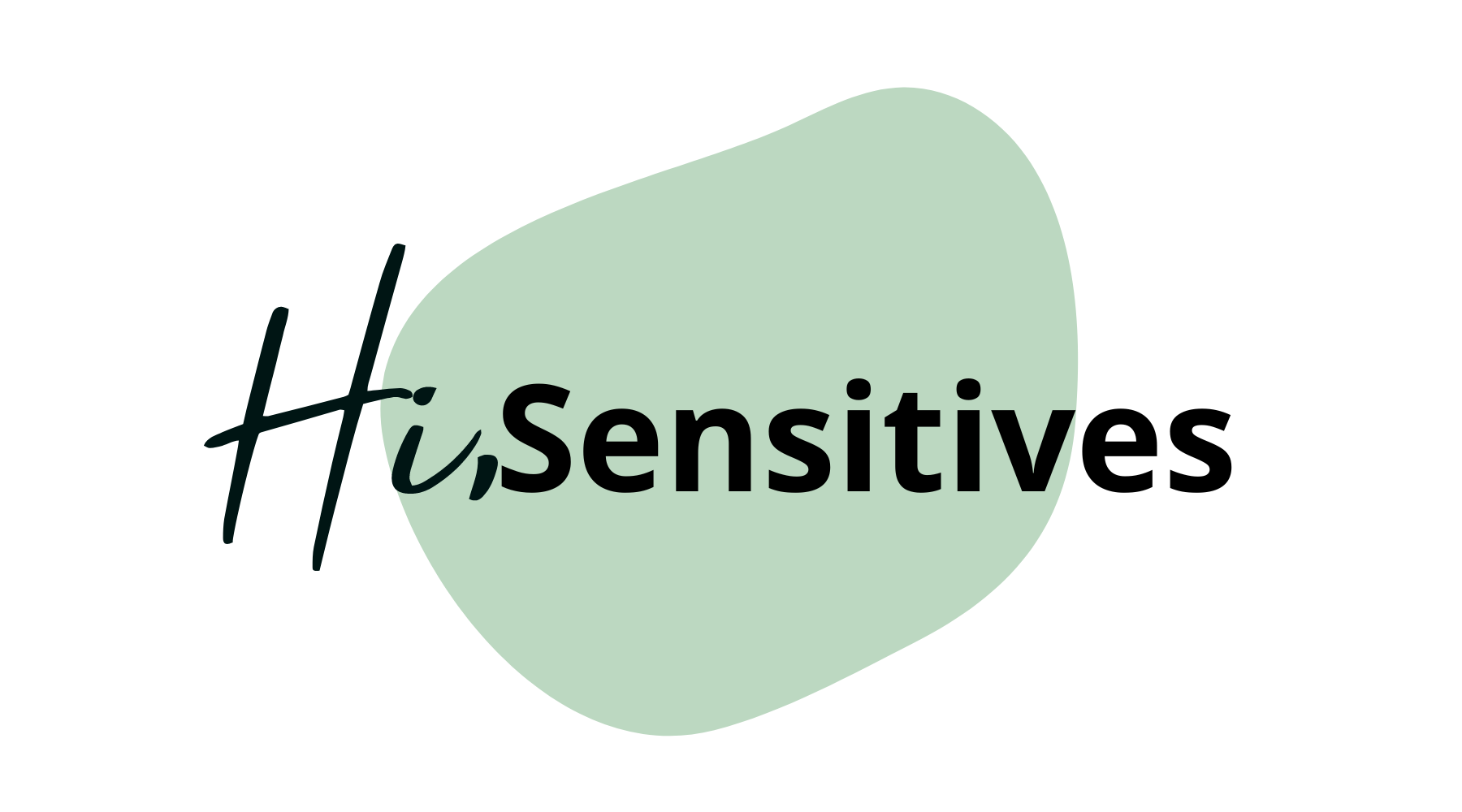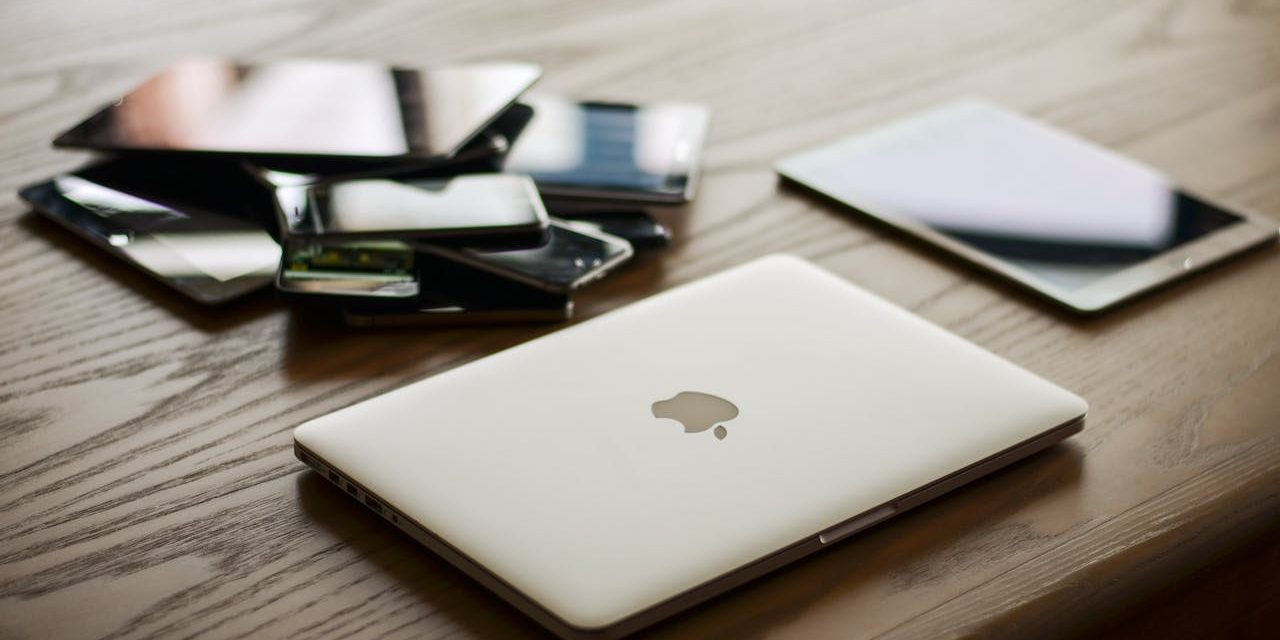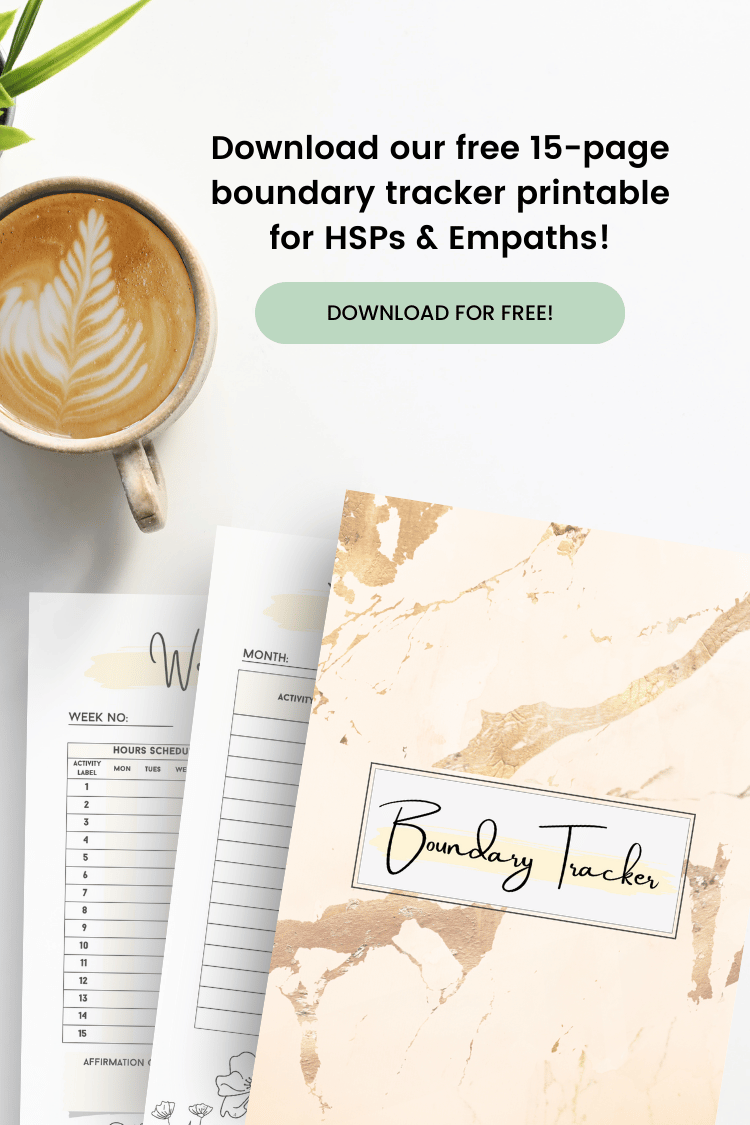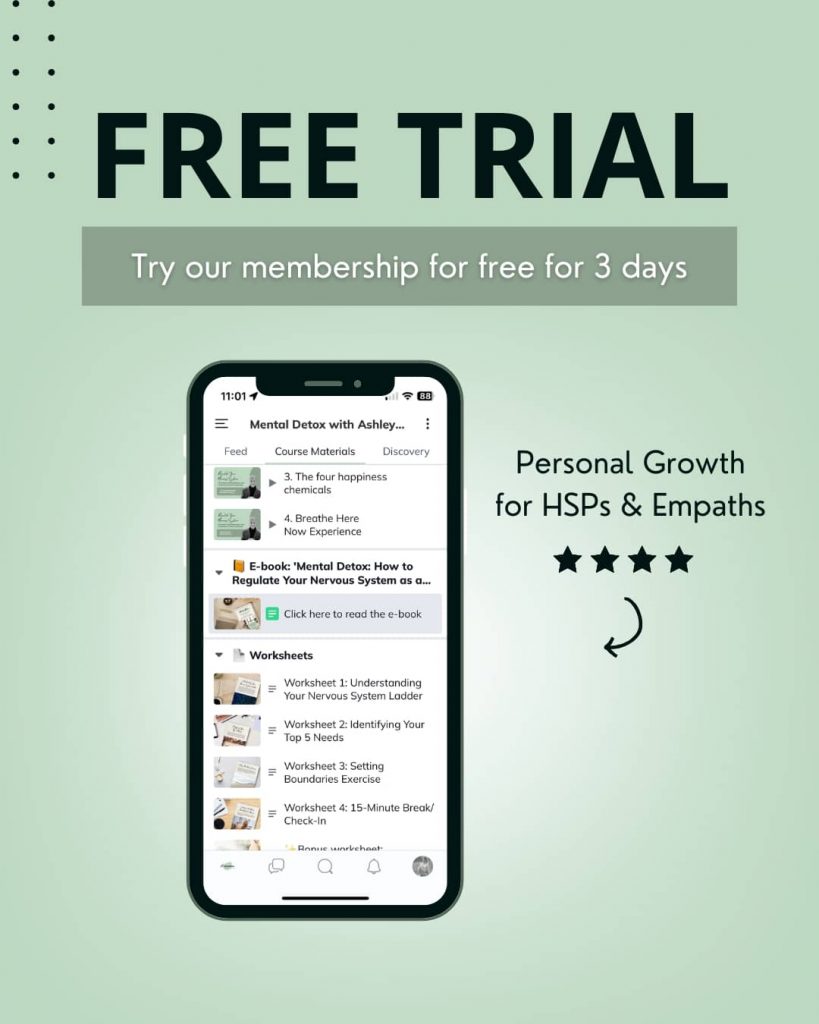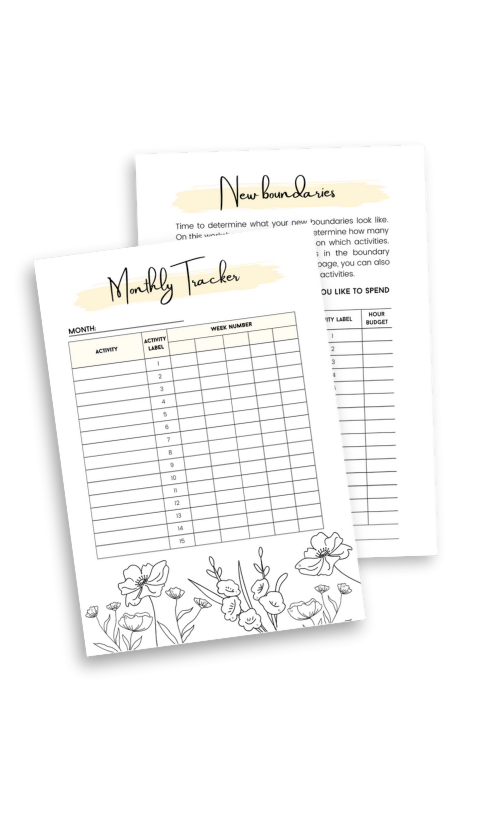Struggling with the challenges of constant connectivity? In this article, guest writer Amy Jones shares practical tips on how to do a digital detox.
Hey there, lovely readers! We want to be completely transparent with you. Some of the links in this blog are affiliate links, which means if you click on them and make a purchase, we may earn a small commission at no additional cost to you. 😊
We only recommend products and services we genuinely believe in and have personally used or researched. Your support through these links helps us keep bringing you valuable content, so thank you for being amazing!
Estimated reading time: 7 minutes
We live in a digital world and although there are constant negative connotations from too much social media, we can’t seem to take our eyes off our screens and remain present.
The concepts of digital nomadism and digital detox are becoming more and more sought after. Consequently, each person has their own personal justification for why they need a break from the constant online engagement.
Finding out how to master the strength to embark on a digital detox journey or how to fill that time that was previously reserved for aimless scrolling is on people’s minds. This article will hopefully guide you on how to get respite from constant connectivity.
Here’s What You’ll Discover:
The Impact Of Constant Connectivity
Notifications are loud and the constant pop-ups on our screens lead to constant scrolling. This can eat up hours a day. We are left with nothing at the end of this but the occasional depression, anxiety and guilt. Multiple studies share information on the negative effect this constant connectivity has on our mental and physical state. Moreover, it has been an ongoing topic that Gen Z and Gen Alpha attention spans are becoming shorter and shorter.
It’s contributing to a lot of people’s depression because they see hundreds of people living their ‘perfect’ lives, whether they are rich, have the perfect body or are travelling carefree. When people watch this kind of content, they are only left feeling like they aren’t doing enough. Also, they want that immediately for themselves, which eventually causes people to spiral.
A digital detox isn’t just healthy for our minds; it’s a conscious effort to reclaim your well-being and get back in touch with the real world. We’ll explore the concept of digital detox and provide practical tips on how to achieve respite from the ever-present digital landscape.
Understanding The Need For Digital Detox
The first step moving forward is acknowledging that the solutions to some problems are digitally related. This forever evolving and expanding digital landscape has people in a chokehold for several reasons. This includes access to a vast array of information or connectivity to friends and family. The constant barrage of social expectations and information overload can lead to anxiety and a sense of overwhelming pressure.
Recognising the problem and acknowledging the need for some sort of balance or change is a huge step and a baby step forward to regaining control over your well-being.
Tech-Free Zones and Occasions
Identifying specific areas and times in your home where digital devices are off-limits. This could include the dining table, bedroom, or certain hours of the day. This might be easy to incorporate in social situations to begin with. Personally, when I am with a loved one, I don’t touch my phone unless there’s an emergency.
This has not only been great for my mental health but also strengthened the bond I have with people close to me, as I am present at the moment when I’m not thinking or even being introduced to things I cannot control and it has been extremely refreshing.
Set Realistic Boundaries
Establish clear boundaries for your digital use. This may involve setting limits on social media time, designating specific hours for emails, and turning off non-essential notifications. Realistic boundaries help curb the constant urge to check our devices.
It is hard to go cold turkey on something that we need but also don’t need. It can be a shock to the system but if it’s the perfect opportunity to start hobbies you’ve always wanted to or the perfect opportunity to shove all that time you spent on your phone into something productive like a gym, something I always felt guilty about was not moving my body more. Having a look at where your screen time goes has been a way I account for and replace it with putting on a gym set and getting active.
Prioritise Face-to-Face Interactions
There’s a saying that I’m trying to live by but everything worth saying can be saved for face to face. There is a lot of pressure to message and talk to people constantly, like almost 24/7 and it’s too much. I personally have not much going on to share on social media or messages. It has gotten to the point where people are feeling anxious to reply to messages.
It might be time to just be like, I’d rather just plan something to catch up in person and nurture real-world connections by prioritising face-to-face interactions. Plan activities with friends or family that don’t involve screens, fostering meaningful connections, reducing the reliance on digital communication and making those moments between friends and family more cherishable and appreciated.
Go On A Retreat
There are many retreats available that encourage a digital detox; this is a perfect way to figure out if it works for you by just going head first and cutting off contact with the digital world. You’ve just got to remember that people have been entertaining themselves for decades without phones and that’s very manageable.
Digital Declutter
Becoming a complete nomad is a step not a lot of people can take, whether that be for their job or to stay connected with family and friends who might not live close. Therefore, a digital declutter might be a way to take a lot of attention away from your phone. This might consist of getting rid of apps that share a similar function, like Snapchat and Instagram; they are both basically the same thing and if all you want to do is stay connected with friends and family, try WhatsApp.
There are ways to quiet down your phone. Getting rid of unnecessary apps is a route but you can also try silencing ones that you want to keep, unsubscribing from mailing lists and deleting things that are just creating chaos.
Conclusion
In conclusion, a digital detox is not about completely abandoning technology but finding a harmonious balance. Taking intentional breaks from constant connectivity allows us to reclaim our time, reduce stress, and foster a healthier relationship with the digital world. Implementing these practical tips can pave the way for a more mindful and fulfilling life in our increasingly connected age.
